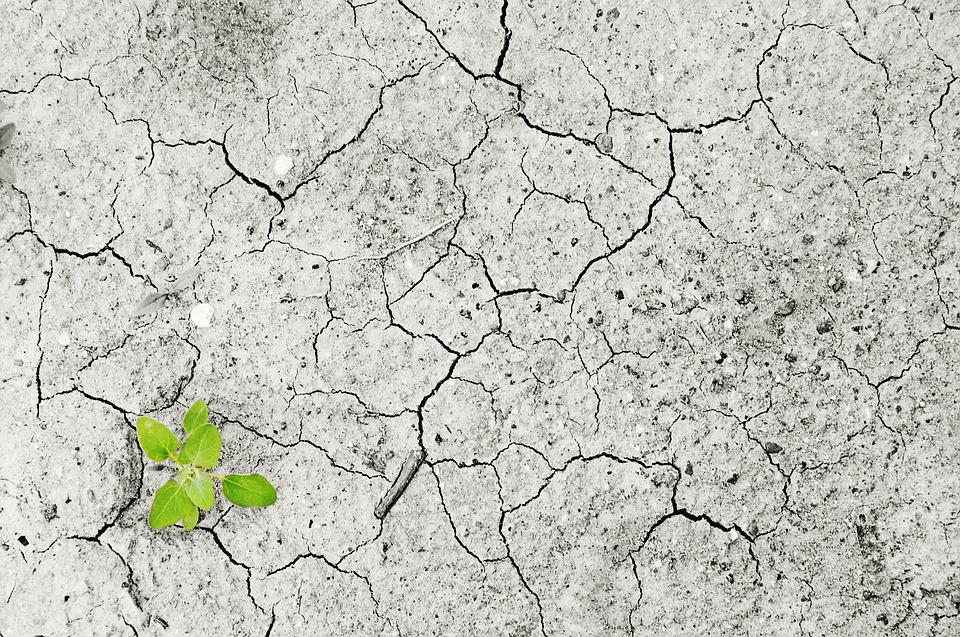How Do Wind Patterns Affect Climate?
Wind patterns have a big impact on the climate of an area. Wind is the movement of air from an area of high pressure to an area of low pressure. As the wind moves, it carries with it heat, moisture, and other climate elements, which can affect the temperature, precipitation, and other weather phenomena in an area.
How Do Wind Patterns Affect Temperature?
Wind patterns can have a significant impact on temperature. When the wind blows from an area of high to low pressure, it carries with it warm air from the area of high pressure. This warm air can raise the temperature in the area of low pressure. Conversely, when the wind blows from an area of low to high pressure, it carries with it cooler air from the area of low pressure, which can lower the temperature in the area of high pressure.
How Do Wind Patterns Affect Precipitation?
Wind patterns can also affect precipitation. When air is warm and moist, it is able to hold more moisture. When the wind blows from an area of high to low pressure, it carries with it this warm, moist air. As the air rises, this moisture condenses and forms clouds, which can lead to precipitation. Conversely, when the wind blows from an area of low to high pressure, it carries with it cooler, drier air, which is less likely to form clouds and lead to precipitation.
How Do Wind Patterns Affect Other Weather Phenomena?
Wind patterns can also affect other weather phenomena such as fog, thunderstorms, and hurricanes. For example, if the wind is blowing from an area of high to low pressure, it can help to create an area of low pressure, which can lead to the formation of thunderstorms. Similarly, if the wind is blowing from an area of low to high pressure, it can help to create an area of high pressure, which can lead to the formation of fog.
Conclusion
Wind patterns have a big impact on the climate of an area. Wind is the movement of air from an area of high pressure to an area of low pressure, and as it does so it carries with it heat, moisture, and other climate elements, which can affect the temperature, precipitation, and other weather phenomena in an area. Understanding how wind patterns affect climate can help people better predict the weather and plan accordingly.

Kyle Whyte is a notable scholar and professor at the University of Michigan, holding positions such as the George Willis Pack Professor in the School for Environment and Sustainability and Professor of Philosophy. Specializing in environmental justice, his work critically examines climate policy and Indigenous peoples’ ethics, emphasizing the nexus between cooperative scientific endeavors and Indigenous justice. As an enrolled Citizen Potawatomi Nation member, he brings a vital perspective to his roles as a U.S. Science Envoy and member of the White House Environmental Justice Advisory Council. His influential research is supported by various prestigious organizations including the National Science Foundation, and disseminated through publications in high-impact journals. Kyle actively contributes to global Indigenous research methodologies and education, with affiliations to numerous institutes and societies dedicated to traditional knowledge and sustainability. Recognized for his academic and community engagement, Kyle has earned multiple awards and served in various visiting professorships. His efforts extend to leadership positions on boards and committees focused on environmental justice nationwide.
